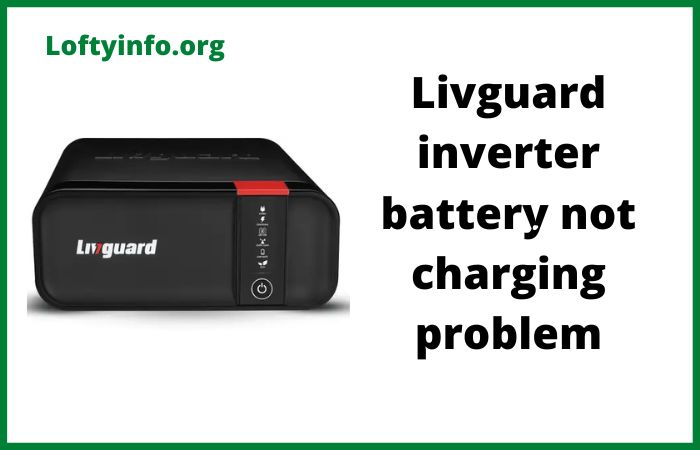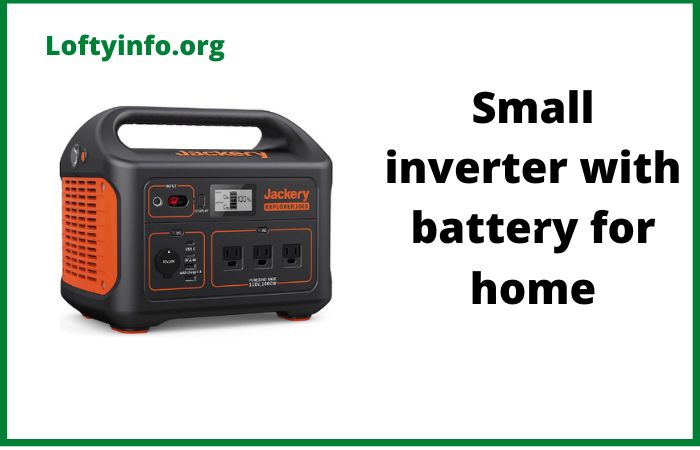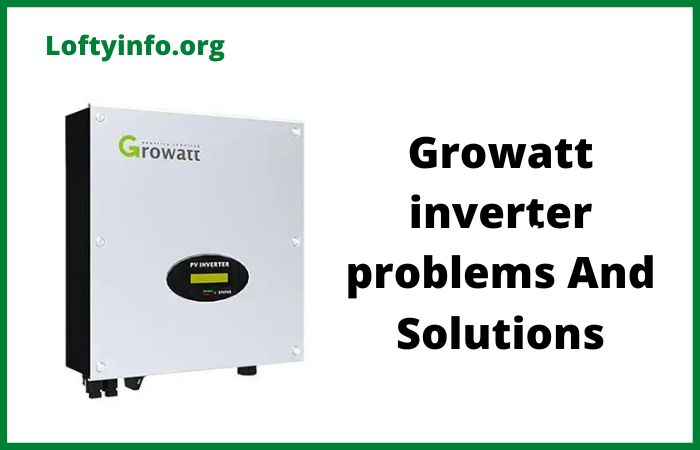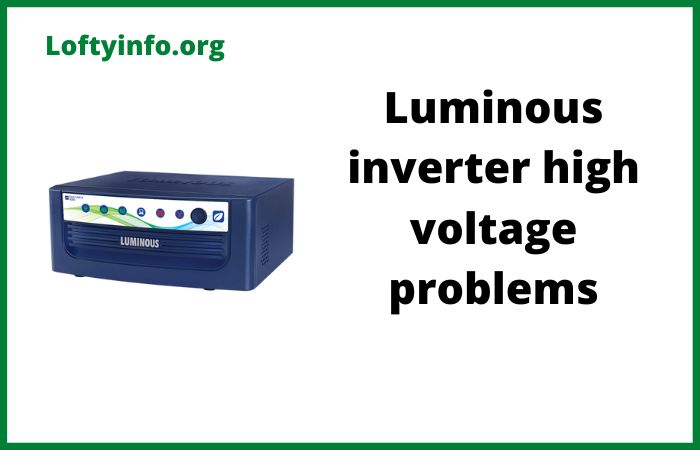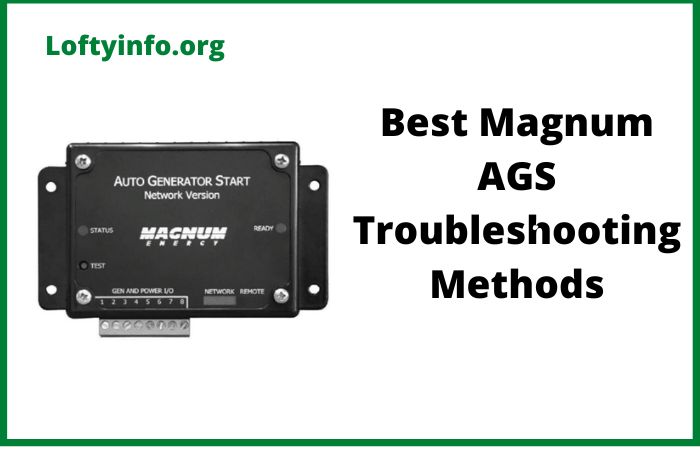Livguard Inverter Battery Not Charging Problem: Causes And Solutions
Power cuts during critical moments can be frustrating and a non-charging inverter battery makes the situation worse.
Many Livguard inverter users face charging issues that leave them without backup power when they need it most.
Understanding why your Livguard inverter battery is not charging and knowing how to fix these problems can save you time, money and unnecessary stress.
Livguard Inverter Battery Not Charging Problem
1) Faulty Battery Connections and Loose Terminals
One of the most common reasons your Livguard inverter battery stops charging involves poor electrical connections.
Over time, the battery terminals accumulate corrosion, dust and oxidation that create resistance in the circuit.
This buildup prevents proper current flow between the inverter and battery.
Loose terminal connections also contribute to charging failures.
When the nuts and bolts connecting the battery cables become loose due to vibrations or improper installation, the charging current cannot pass through effectively.
The inverter may show that it is working but the battery receives insufficient power to charge properly.
To fix this problem, first switch off the inverter and disconnect it from the main power supply.
Remove the battery cables carefully and inspect the terminals for any white or greenish deposits.
Clean the terminals using a wire brush and apply petroleum jelly to prevent future corrosion.
Tighten all connections firmly but avoid over-tightening as this can damage the terminal posts.
After reconnecting, check if the charging indicator shows proper charging status.
2) Damaged or Worn Out Battery Plates
Internal damage to the battery plates represents a serious charging problem that many Livguard battery owners encounter after prolonged use.
Battery plates deteriorate due to sulfation, a process where lead sulfate crystals form on the plates and harden over time.
This condition prevents the chemical reactions necessary for charging to occur.
Deep discharge cycles accelerate plate damage significantly.
When you repeatedly drain the battery below its recommended discharge level, the plates undergo stress that causes them to warp, shed active material or develop short circuits between cells.
Physical damage from improper handling or manufacturing defects can also compromise the plate structure.
Signs of damaged plates include the battery taking extremely long to charge, getting unusually hot during charging or showing voltage drops immediately after disconnection from the charger.
If your Livguard battery exhibits these symptoms and is older than three years, plate damage is likely the culprit.
Unfortunately, internal plate damage cannot be repaired at home.
You will need to consult an authorized Livguard service center for battery testing and possible replacement.
3) Inverter Charging Circuit Malfunction
The charging circuit within your Livguard inverter plays a crucial role in converting AC power to DC current for battery charging.
When components in this circuit fail, your battery will not charge regardless of its condition.
Blown fuses, damaged diodes, faulty transformers or malfunctioning charging control circuits can all interrupt the charging process.
Power surges and voltage fluctuations often damage the charging circuit components.
If your area experiences frequent voltage spikes or you connect the inverter without a stabilizer, the sensitive electronic components face excessive stress.
Manufacturing defects or component aging can also cause charging circuit failures over time.
You can identify charging circuit problems by observing the inverter display panel.
Most Livguard inverters show error codes or warning lights when the charging circuit malfunctions.
The battery voltage may remain constant or drop even when the inverter is connected to mains power.
Strange sounds like buzzing or humming from the inverter unit also indicate internal circuit issues.
Fixing charging circuit problems requires technical expertise and specialized tools.
Do not attempt to open the inverter or repair circuit components yourself as this voids the warranty and poses safety risks.
Contact Livguard customer support or take the unit to an authorized service center where trained technicians can diagnose and repair the charging circuit properly.
4) Low Electrolyte Level in the Battery
Livguard tubular and tall tubular batteries use lead-acid technology that requires electrolyte fluid for proper operation.
When the electrolyte level drops below the recommended mark, the battery plates get exposed to air and cannot participate in the charging process effectively.
This problem is particularly common in areas with high ambient temperatures.
Battery overcharging causes excessive water evaporation from the electrolyte solution.
If your inverter charging settings are incorrect or the charging circuit supplies too much voltage, the battery heats up and loses water rapidly.
Natural evaporation over time also contributes to electrolyte loss, especially if you do not check the levels regularly.
Inspect your Livguard battery by removing the vent plugs on top of the unit. Look inside each cell and check if the electrolyte covers the plates adequately.
Most batteries have minimum and maximum level indicators molded into the casing. If the level is below the minimum mark, you need to add distilled water immediately.
Use only distilled water or battery-grade water for topping up the electrolyte.
Tap water contains minerals that can damage the battery permanently.
Add water slowly until it reaches the maximum level mark but avoid overfilling.
After refilling, charge the battery for a few hours before checking if the charging problem is resolved.
Remember to check electrolyte levels every two to three months to prevent this issue from recurring.
5) Incorrect Inverter Settings and Configuration
Modern Livguard inverters come with various charging modes and settings that must match your battery specifications.
When these settings are incorrect, the inverter may not charge the battery properly or may charge it inefficiently.
Wrong battery type selection, inappropriate charging voltage or incorrect current settings can all prevent proper charging.
Some Livguard inverter models allow you to select between different battery technologies such as flat plate, tubular or maintenance-free batteries.
If you select the wrong battery type in the inverter settings, the charging algorithm will not suit your actual battery, resulting in undercharging or overcharging.
Similar problems occur when the battery capacity setting does not match the actual ampere-hour rating of your battery.
Access your inverter’s setting menu according to the user manual instructions.
Verify that the battery type, capacity and voltage settings match your actual Livguard battery specifications.
These details are printed on the battery label. If you recently replaced the battery with a different model or capacity, update the inverter settings accordingly.
For inverters with adjustable charging voltage, ensure the float voltage and boost voltage settings are within the manufacturer’s recommended range.
Too low voltage settings will result in incomplete charging while too high settings can damage the battery.
If you are unsure about the correct settings, refer to the Livguard user manual or contact their customer support for guidance.
Conclusion
Addressing Livguard inverter battery charging problems requires systematic troubleshooting starting from simple fixes like cleaning terminals to more complex issues involving circuit repairs or battery replacement.
Regular maintenance including checking connections, monitoring electrolyte levels and verifying inverter settings can prevent most charging problems from developing.
When basic troubleshooting does not resolve the issue, seeking professional help from authorized Livguard service centers ensures your inverter system receives proper diagnosis and repair.
Causes of solaredge inverter problems
how to run a 12v off grid solar setup efficiently
Best Solar Generator for Camping
Solution to inverter battery slow charging problem
why inverter battery is not powering inverter even at full charge
What causes inverter battery to continue charging even when full
